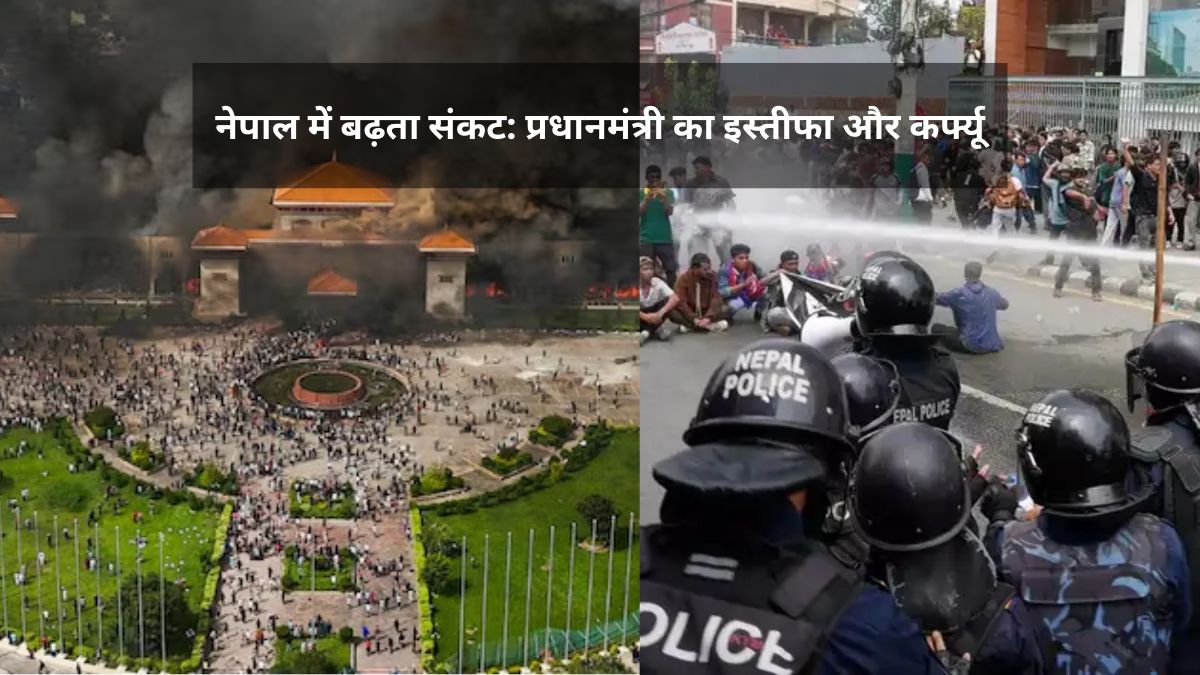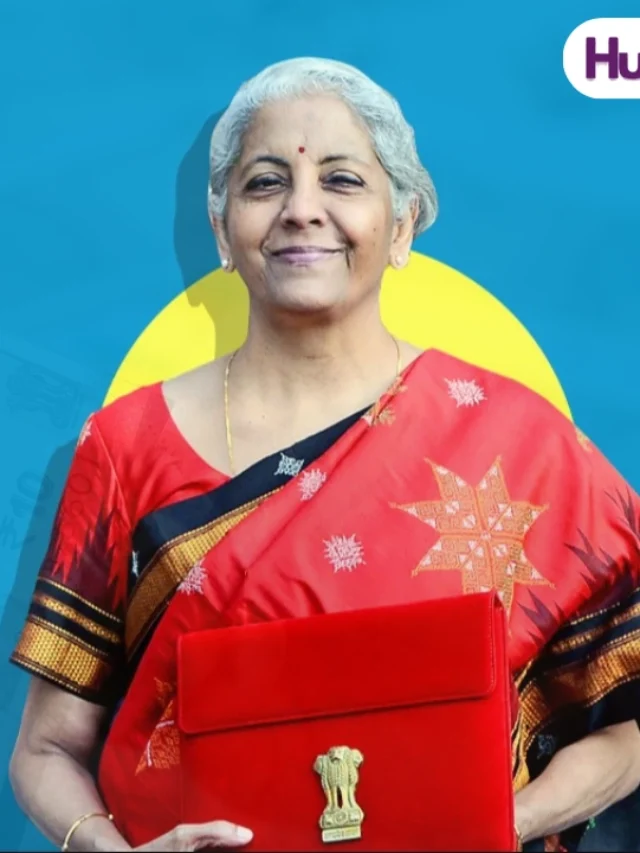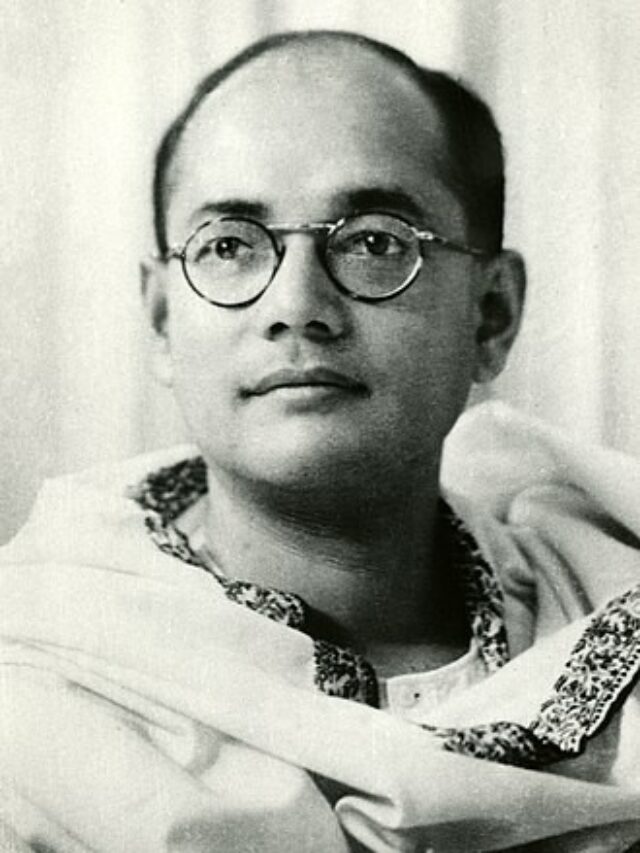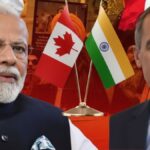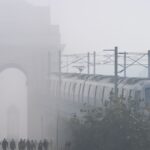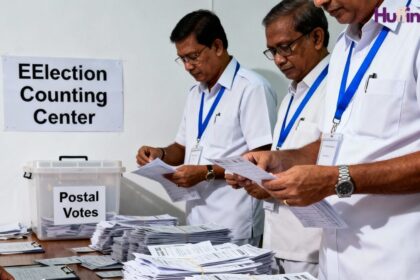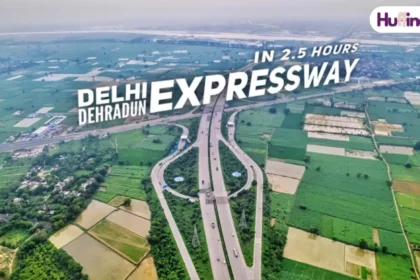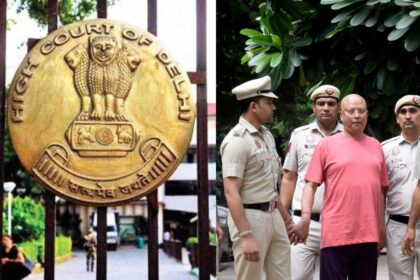Nepal has plunged into its most serious political crisis in years after two days of violent protests led to the resignation of Prime Minister K P Sharma Oli and the imposition of a military-backed curfew in Kathmandu and other major cities.
Roots of the Crisis: Youth Anger and Social Media Ban
The turmoil began when the government abruptly banned 26 major social media platforms—including Facebook, X (Twitter), and YouTube—ostensibly for regulatory reasons, but widely seen by young Nepalis as an attempt to silence dissent. Generation Z, who make up more than 20% of Nepal’s population and rely heavily on these platforms for expression and activism, responded with unprecedented fury. Initially peaceful demonstrations quickly escalated to violent confrontations, fueled by deep frustration over political corruption, nepotism, youth unemployment (now above 20%), and extravagant lifestyles of political elites.
Unrest and Violence
Protesters stormed the Parliament complex, torched government buildings, set fire to homes of prominent leaders, attacked media offices, and even breached prisons, releasing hundreds of inmates. Security forces responded with harsh measures, firing live rounds and rubber bullets into crowds and enforcing back-to-back curfews. The resulting death toll climbed to at least 25, with over 600 injured, making this the deadliest Nepalese unrest since the abolition of the monarchy in 2008.
Aftermath: Political Vacuum and Protester Demands
Prime Minister Oli’s resignation was confirmed amid mounting pressure from protesters who now demand an interim government led by Nepal’s former chief justice. The Gen Z-led movement lacks clear leadership or objectives, making its demands amorphous—but it uniformly rejects Nepal’s current political system. Army personnel patrol the streets to restore order, while leaders of the movement have begun talks with military officials on the path forward.
Regional Ramifications
The chaos in Nepal has raised alarms in New Delhi, with India’s Ministry of External Affairs issuing an urgent travel advisory, urging Indian citizens to avoid non-essential travel to Nepal and advising those already there to remain indoors and alert. The Karnataka government reported that Indian nationals are safe and monitored by embassy officials, reflecting deep concerns over instability on India’s northern border.
Broader Impact
Experts warn that Nepal’s crisis could have far-reaching diplomatic and economic impacts for India, including risks of increased refugee flows, disruptions to trade and tourism, and heightened border security concerns. The events have sparked wider debate on South Asia’s fragile democratic institutions, with analysts noting that Nepal’s experience shows the dangers of entrenched corruption, nepotism, and a lack of economic opportunity for the young.

